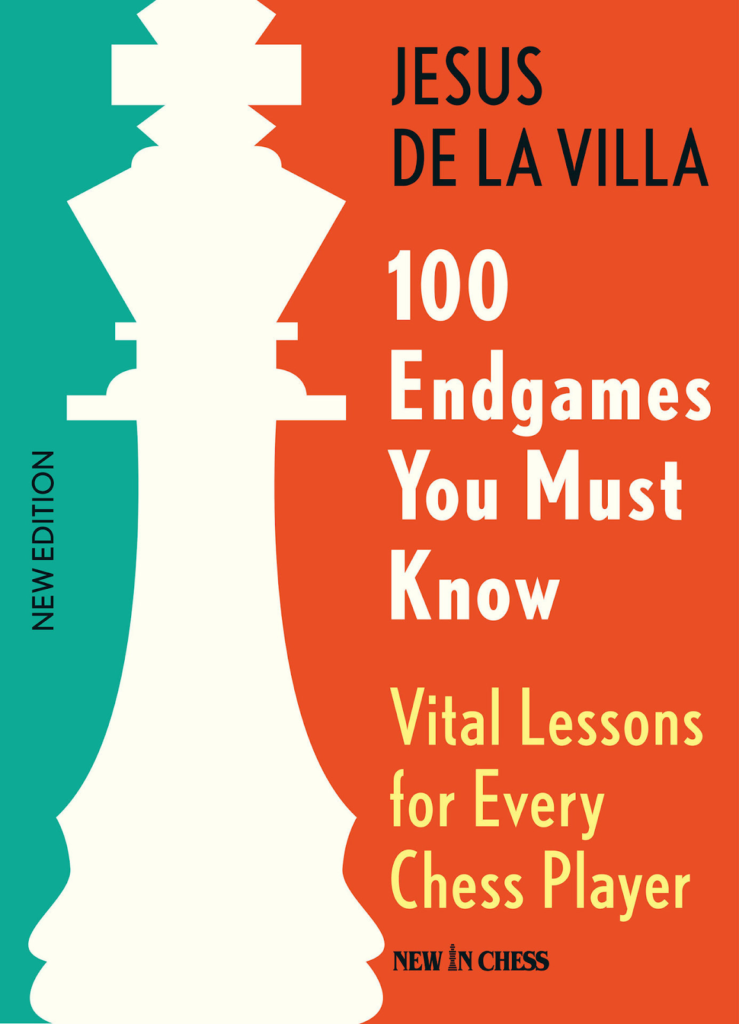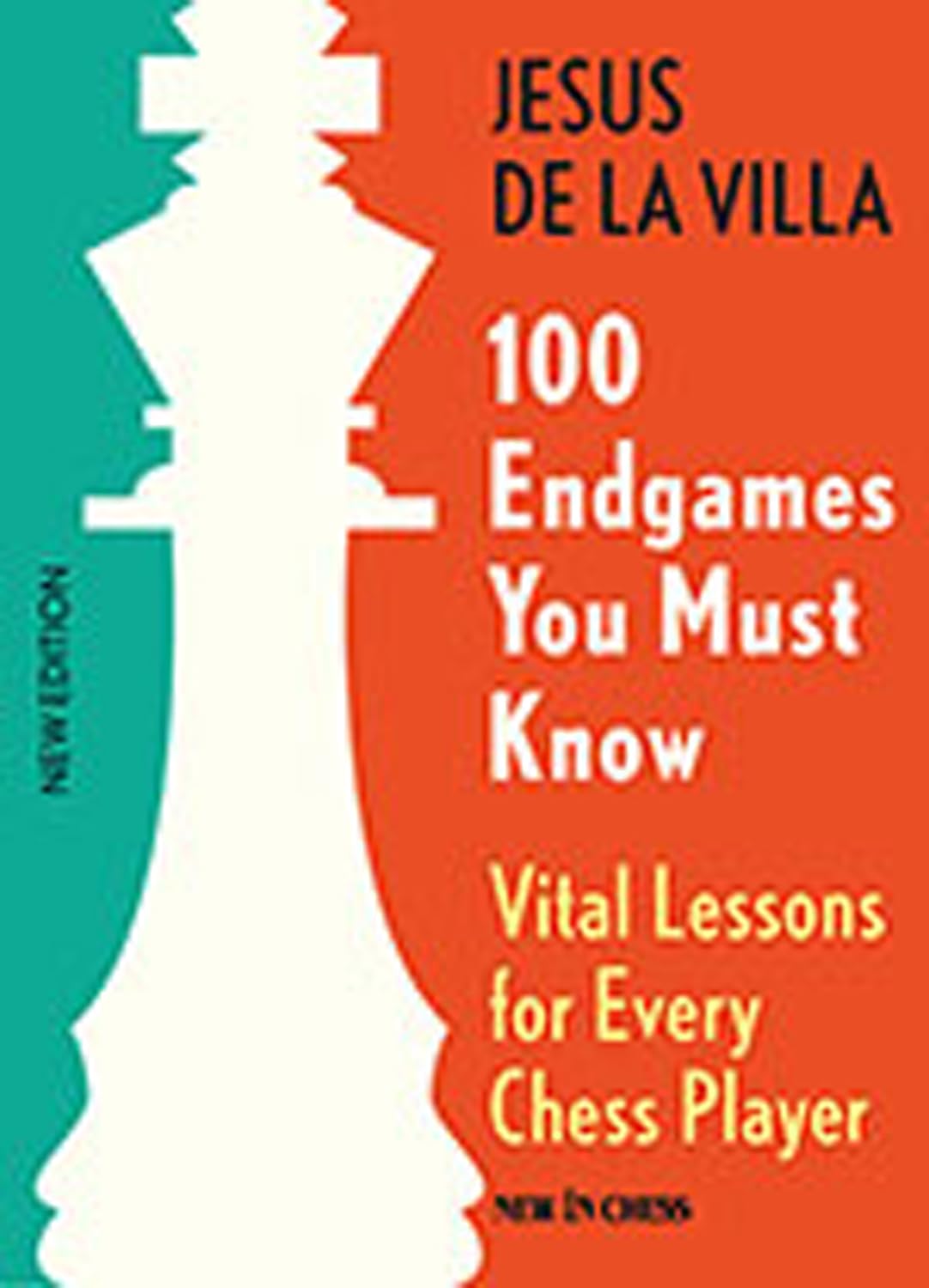Learning the final phase of a chess game, also known as the endgame, can be challenging.
I remember when I was rated below 1800 (on Lichess) in 2019 and I was trying to hit and possibly cross the 2000 rating barrier, but my endgame skills were just bad.
Till that point, chess for me was a game of traps, tactics, and winning material but I needed to see beyond that.
That’s because once most pieces were exchanged and off the board, my losing chances shot up due to my poor handling of the last remaining pieces.
I realized that this was a huge problem and obstacle to my plan of improvement. I had to tackle it immediately and my playing strength got better.
You see, many chess players tend to neglect the endgame, believing that it’s either too complex or too tedious. Instead, they concentrate on the opening and the middlegame, hoping to secure a win or a draw before the endgame arrives.
However, this is a grave error that can be quite costly. In fact, many half-points have been lost due to a lack of understanding of the final phase of the game.
The endgame can make the difference between victory and defeat, between gaining and losing rating points, and between becoming a master and remaining an amateur.
This is why every chess player should study it, and learn the basic principles, techniques, and positions that are essential for success.
And there is no better way to do that than reading the book ‘100 Endgames You Must Know’ by Jesús de la Villa.
Jesús de la Villa is a Spanish grandmaster and endgame expert. He won the Spanish Chess Championship twice, in 1985 and 1988.
He is also a chess author and coach, who was awarded the title of FIDE Senior Trainer in 2010.
If so many chess players have read his books to improve their endgame abilities, then you cannot go wrong with this book.
What Does This Book Offer?
This book is a classic in chess literature, which has been revised and updated several times since its first edition in 2008.
The latest edition, published in 2023, contains 100 endgame positions that every chess player must know, divided into 13 chapters according to the material and the theme.
The book covers all the main types of endgames, such as:
- The pawn endings (sometimes called the king endings)
- The rook endings
- The bishop endings
- The knight endings
- The queen endings and
- The mixed endings.
It also includes a basic test at the beginning, to check your current level of endgame knowledge, and a final test at the end, to measure your progress and improvement.
Other beautiful key themes include:
- Rule of the Square
- Key Squares
- The Philidor and Lucena Position
- The Dumb Square
- The Right and Wrong Corner
- Vancura Defense against two pawns
- Kings do not push. Just counting…
The book is written in a clear and instructive style, with diagrams, deep practical explanations, and variations for backup.
The author explains the key ideas and concepts behind each position and gives practical advice on how to play them correctly.
He also points out the common mistakes and pitfalls that many players fall into, and how they can avoid them consistently without it ever skipping their mind.
Let’s briefly look at each chapter.
Every Chapter Explained
Chapter 1: Basic Endings
Experienced players can choose to skip this section. Most of this chapter focuses on the King and pawn versus King endings.
Chapter 2: Basic Test
This will test your endgame skill to know your current level in endgame understanding which will later be compared with a final test after reading the book.
Chapter 3: Knight vs Pawn
The Knight vs Pawn endings are one of the easiest to assimilate. They are not as complex as rook endings or bishop endings. This chapter helps you understand the strengths of a knight and its limitations/advantages against mobile pawns.
Chapter 4: Queen vs Pawn
Here, you’ll learn how to deal with the subtleties of the Queen endings that come up alongside pawns racing to other sides of the board.
Chapter 5: Rook vs Pawn
This chapter brings you closer to becoming familiar with one of the most complex types of endings in practice – that of the rook and pawn.
Chapter 6: Rook vs 2 Pawns
This demonstrates the struggle of a rook catching up with passed pawns, especially the connected pawns.
It also teaches the role the king plays in these kinds of endings where the rook might be forced to give up itself to reduce or eliminate the passed pawns.
Chapter 7: Same Coloured Bishops
This section refers to situations where both players have single bishops in the same colored square (either White or Black).
It also teaches the defensive mechanism that allows a bishop to catch up with a (passed) pawn even during critical moments when the king has no time to get to the front of the passed pawn.
Chapter 8: Bishop vs Knight
This is one of the shortest chapters that talks about the theoretical battles between a bishop and a knight on a board.
Chapter 9: Opposite Colored Bishops
Just like chapter 7, but this time the bishops are on opposite colored squares. It’ll teach you how to objectively use the defensive bishop to control the path of the pawn.
Also, you will learn how to try to push and win when you have more pawns despite the consistent draws related to these endings.
Chapter 10: Rook + Pawn vs Rook
This continues the topic of rook endings with just one pawn for one side.
Chapter 11: Rook + two Pawns vs Rook
Here you know how to use the Vancura Defense against two pawns. The more pawns are on the board, the more difficult a rook ending becomes.
Chapter 12: Pawn Endings
These are the most extensively explained endings after the rook endings.
Chapter 13: Other Material Relations
This refers to the endings containing imbalances of a few different chess pieces as in a game where two rooks or three minor pieces fight against a lonely queen or two minor pieces against a Rook.
Who Should Read This?
I’ll say that the book is suitable for players of all levels, from beginners to advanced, as it contains both simple and complex positions, and it offers different levels of difficulty and challenge.
What To Expect After Reading?
This book will implant a perfect understanding of the endgame.
The book is not meant to be a comprehensive endgame manual, but rather a selection of the most important and instructive endgames that every chess player should know by heart.
I admire the way the writer made the information easier to assimilate and understand. It makes me think that he intentionally considered all age groups and chess strengths.
This book will give you as much exposure as you can imagine on the endgame without making the learning process boring.
In summary, this book is a captivating read for all players, thanks to its clear instructional explanations, numerous diagrams, and engaging presentation.
Once You Get Your Hands On The Book…
I can say that by just studying and memorizing these 100 endgames, you will improve your endgame skills, your chess understanding, and your overall results.
I’ll also encourage you to remember to practice these endgames against a computer or a human opponent, to reinforce your learning and to gain confidence and experience.
Always try to revisit the book because that is one of the true ways to aid retention.
Another way to aid retention is making cardboard cut-outs of the 100 positions with one side of the card having the position, while the solution was written out on the reverse.
Final Thoughts
Don’t be carried away by memorizing the moves that you forget to understand the underlying principles and concepts that govern it. That’s equally important.
And I probably failed to mention it but this book also has a workbook where you can practice your newly learned skills.
I recommend that you get it along with the book for maximum understanding.

